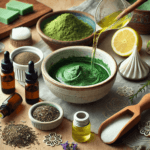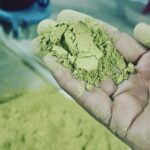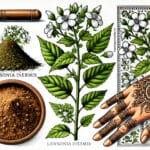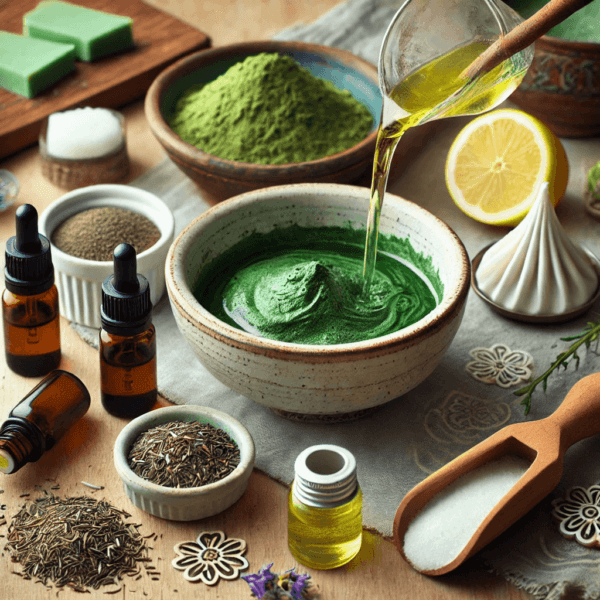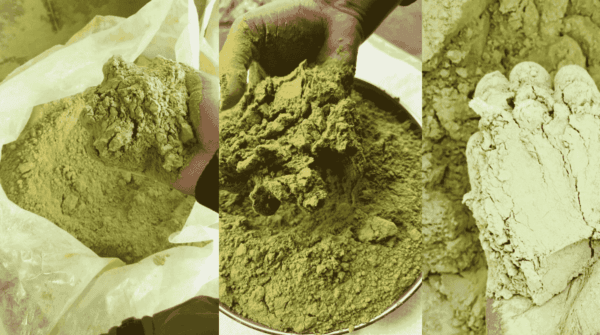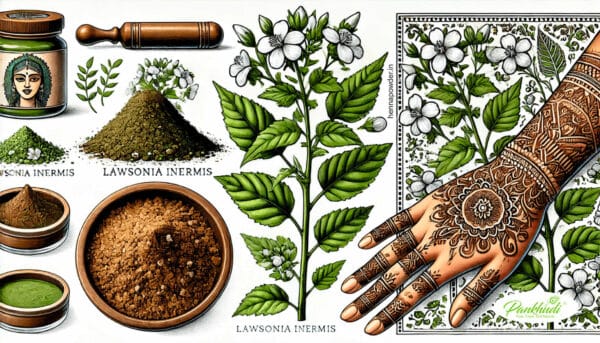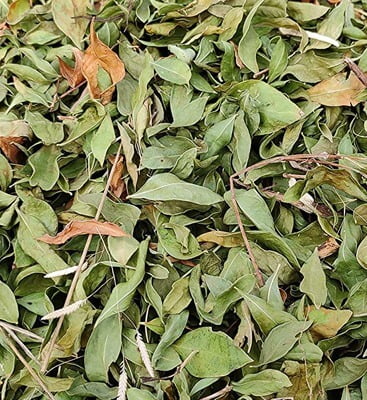Henna as a Natural Dye: A Complete Guide
Henna, a natural dye derived from the leaves of the Lawsonia inermis plant, has been used for centuries in various cultures for both hair and body art. Unlike chemical dyes, henna offers a natural and safe alternative for those looking to avoid synthetic ingredients and harmful chemicals. In this guide, we’ll explore the benefits of using henna for hair, how to apply it, and how it differs from chemical dyes. Additionally, we’ll dive into the world of body art, or mehndi, and provide a step-by-step guide for beginners.

Henna for Hair: A Natural Hair Dye
Henna has become a popular choice for hair coloring due to its natural properties. It not only provides vibrant color but also nourishes the scalp and hair. Here are the key benefits and steps to dyeing your hair with henna.
Benefits of Using Henna as a Natural Hair Dye
- Chemical-Free: Henna is completely natural, free from ammonia, peroxide, and other harmful chemicals found in commercial dyes. This makes it a safer option, especially for individuals with sensitive skin or allergies to synthetic dyes.
- Strengthens Hair: Henna is known for its conditioning properties. It coats the hair shaft, making it thicker, smoother, and stronger. Regular use of henna can reduce hair breakage and add shine.
- Scalp Health: Henna has antifungal and antibacterial properties, which can help maintain a healthy scalp. It can reduce dandruff and scalp irritation while promoting hair growth.
- Long-Lasting Color: Henna provides a rich, long-lasting color that fades gradually, rather than leaving harsh roots or an uneven tone. The reddish-brown hue it imparts can vary depending on your natural hair color, but it typically adds warm, earthy tones.
Step-by-Step Guide: How to Dye Your Hair with Henna
- Choose the Right Henna: Purchase pure henna powder, preferably labeled as “body art quality” (BAQ) to ensure it’s free from additives and chemicals.
- Prepare the Paste:
- Mix henna powder with water or lemon juice to form a thick paste.
- For better consistency, let the mixture sit for 4–6 hours (or overnight) to release the dye.
- Protect Your Skin and Clothes:
- Henna can stain, so wear old clothes and cover your shoulders with a towel.
- Apply petroleum jelly or oil around your hairline to prevent the henna from staining your skin.
- Apply the Henna:
- Section your hair and apply the henna paste from the roots to the tips.
- Once your hair is completely covered, wrap it in plastic or a shower cap to keep the henna moist.
- Let it Sit:
- Leave the henna on for 2–6 hours, depending on how intense you want the color to be.
- Rinse It Out:
- Rinse the henna from your hair using water (no shampoo). It’s best to wait 48 hours before washing with shampoo, as the color will continue to develop.
Henna vs. Chemical Hair Dyes
- Natural vs. Synthetic: Henna is derived from plant leaves, while chemical dyes are made using synthetic compounds that can damage hair.
- Permanent vs. Semi-Permanent: Henna provides a long-lasting stain, while chemical dyes penetrate the hair shaft and may require frequent touch-ups.
- Nourishment vs. Damage: Henna conditions and strengthens hair, whereas chemical dyes can weaken and dry it out.
- Limited Color Range: Henna offers shades of red, brown, and sometimes black (when mixed with indigo), whereas chemical dyes provide a broader spectrum of colors.
Henna for Body Art (Mehndi)
Henna is not only used for hair dyeing but also for creating intricate body art known as mehndi. This practice is especially common in South Asian, Middle Eastern, and North African cultures and is typically associated with weddings, festivals, and religious celebrations.
How Henna is Used for Body Art
Henna paste is applied to the skin using a cone or brush to create intricate designs that range from simple patterns to elaborate artwork. As the paste dries, it leaves behind a reddish-brown stain that can last 1–3 weeks, depending on the skin type and care.
Common Henna Designs and Their Meanings
- Floral Patterns: Flowers symbolize joy and happiness, making them a popular choice for wedding henna designs.
- Paisleys: These teardrop-shaped designs are commonly found in Indian and Pakistani mehndi, representing fertility and good fortune.
- Peacocks: A symbol of beauty and grace, peacocks are often featured in bridal mehndi designs.
- Arabic Designs: Characterized by bold, large patterns, these designs focus more on the use of space and are quicker to apply.
- Mandala: Circular patterns that represent balance, wholeness, and the universe are often used for meditation and spiritual events.
Step-by-Step Guide to Applying Henna for Beginners
- Prepare the Paste:
- Use fresh henna powder and mix it with water, lemon juice, and essential oils (like lavender or eucalyptus) to create a smooth, thick paste.
- Let the paste sit for 4–6 hours to allow the dye to release.
- Fill a Henna Cone or Applicator:
- Scoop the paste into a henna cone (which can be made from plastic or cellophane) or an applicator bottle with a fine tip.
- Clean and Prepare the Skin:
- Wash the area where you will apply henna with soap to remove any oils or lotions. Clean skin ensures better staining.
- Practice Designs on Paper:
- Before applying henna to the skin, practice your designs on paper to improve precision and consistency.
- Apply the Design:
- Start applying the henna paste in thin, steady lines. Keep the design simple at first, such as basic shapes or floral patterns.
- Let the Paste Dry:
- Allow the henna paste to dry for at least 6–8 hours. The longer the paste stays on, the darker the stain will be.
- Scrape Off the Henna:
- Once dried, scrape the henna off gently. Avoid using water to wash it off immediately, as the stain will continue to deepen over the next 24–48 hours.
- Aftercare:
- Apply natural oils like coconut oil or olive oil to the henna design to protect it from water and to prolong its lifespan.
Conclusion
Henna offers a natural, safe, and versatile option for both hair dye and body art. Whether you’re looking to enhance your hair’s color and health or adorn your body with intricate mehndi designs, henna provides a chemical-free, nourishing alternative. By following the step-by-step guides for both hair dye and body art, you can enjoy the rich cultural heritage and beauty that henna brings to personal care.
Make sure to choose pure, natural henna to avoid synthetic additives, ensuring a vibrant and authentic experience.

